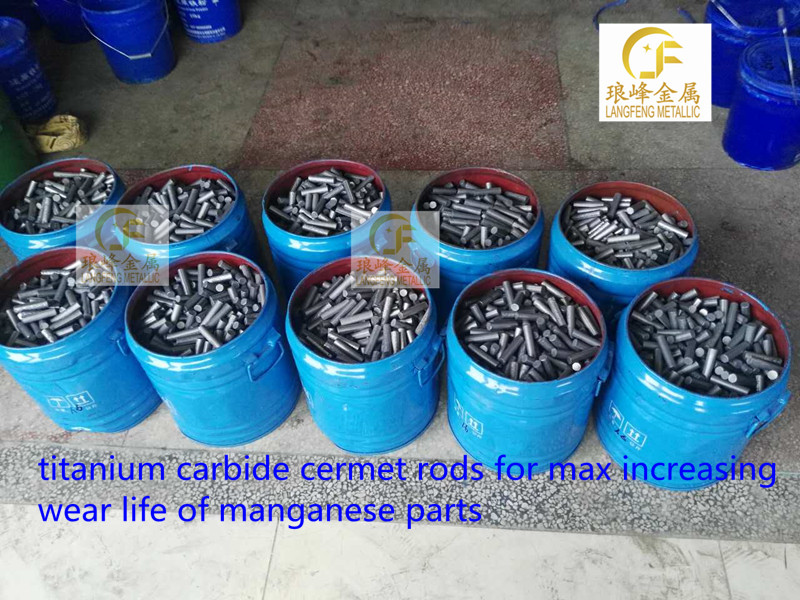Heat treatment of high manganese steel castings
In addition to the austenite phase, the as-cast microstructure of high-manganese steel also has precipitated carbides.
In order to obtain high toughness, heat treatment must be performed to remove carbides in the grain and on the grain
boundaries in the as-cast structure. The carbon content of high manganese steel is usually about 13%. To remove the
carbides in its as-cast structure, the steel needs to be heated to 1,000. C, and keep it for a proper time to completely
dissolve the carbide, and then quickly cool it. This heat treatment is usually called water toughening treatment.
(1) Water toughness temperature
The water toughness temperature depends on the composition of the cast steel and is usually 1050 to 1080 C. Excessive
water toughness temperature will cause severe decarburization on the surface of the casting, and austenite grains will
precipitate precipitation of eutectic carbides on the grain boundaries. Since eutectic carbides are brittle phases that cannot
be reheated to eliminate them, they should be avoided as much as possible.
(2) Heating rate
High-manganese steel has lower thermal conductivity than ordinary carbon steel castings, and the castings are likely to
cause stress when heating; thick-walled castings should be slowly heated. In order to reduce the deformation or cracking
of the casting during heating, it is often used in production at 650. C. The process of heat preservation and rapid rise to
water toughness temperature.
(3) Holding time
The holding time mainly depends on the wall thickness of the casting to ensure that the carbides in the as-cast structure
are completely dissolved and the austenite is homogenized. Generally, the heat preservation time can be calculated
ccording to the heat preservation of the casting wall thickness for 1h per 25mm.
(4) Cooling
The cooling process has a great influence on the specified performance indicators and microstructure of the casting.
During water toughening, the temperature of the castings before entering the water should be 950 ° C. (2 or more. For
this reason, the casting should not exceed 2 minutes from the furnace to the water, and the water temperature should be
kept below 40 ° C. After the water toughening treatment, tempering can be appropriately performed according to the
requirements and complexity of the casting, but the tempering temperature should not exceed 250 C.
(5) Metallographic structure of high manganese steel
After high-manganese steel is subjected to water toughening treatment, if the carbides are completely eliminated, it is a
single austenite structure. Such a structure is only available on thin-walled castings, and generally allows a small
amount of carbides in the austenite grains or on the grain boundaries. The carbides in the high-manganese steel
structure can be divided into three types according to their causes: one is undissolved carbides, which are carbides
in the as-cast structure that cannot be dissolved by the water toughening treatment; , Because the cooling rate
during the water toughening process is not high enough, precipitated during the cooling process; the third type is
superheated carbide, which is the eutectic carbide precipitated because of the high heating temperature during the
water toughening process. The first two types of carbides can be eliminated by reheating, and the eutectic carbides
produced by overheating cannot be eliminated by reheating. Castings that are judged unacceptable due to eutectic
carbides exceeding the standard can only be scrapped, and no further heat treatment is allowed.
